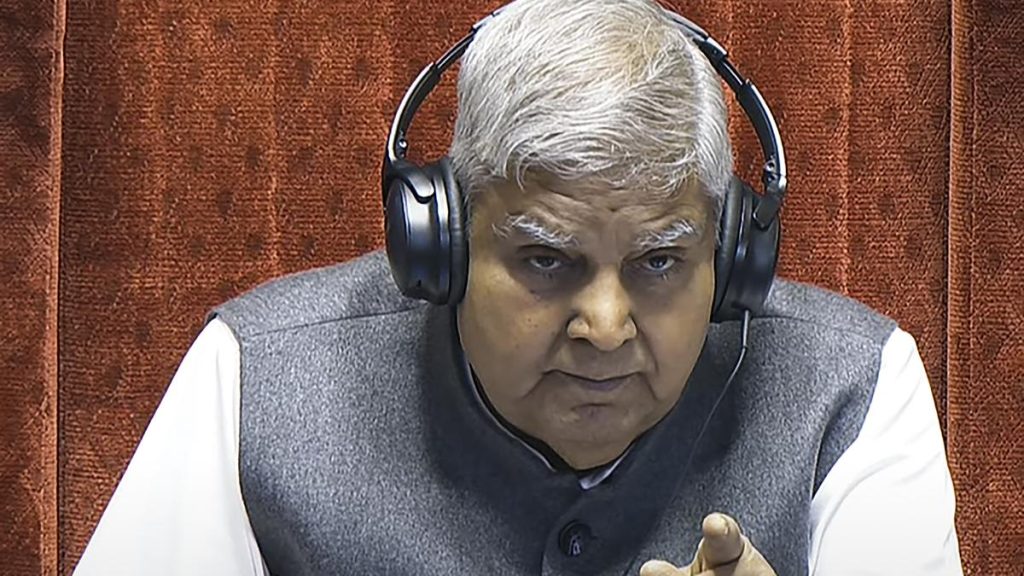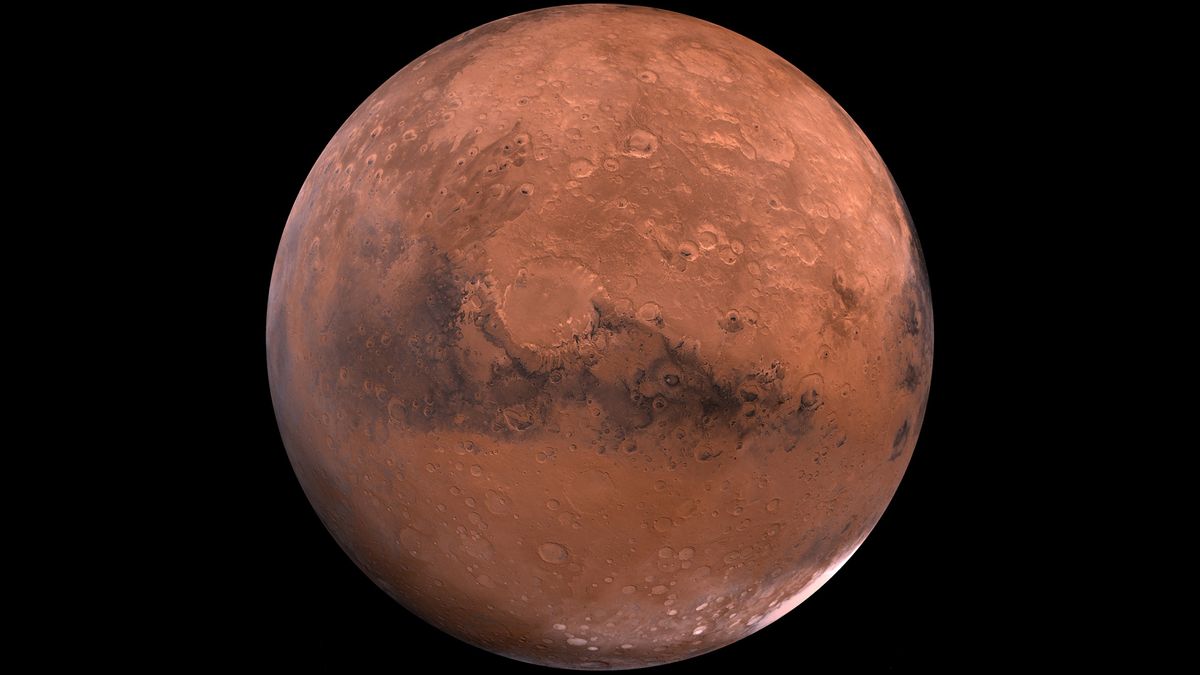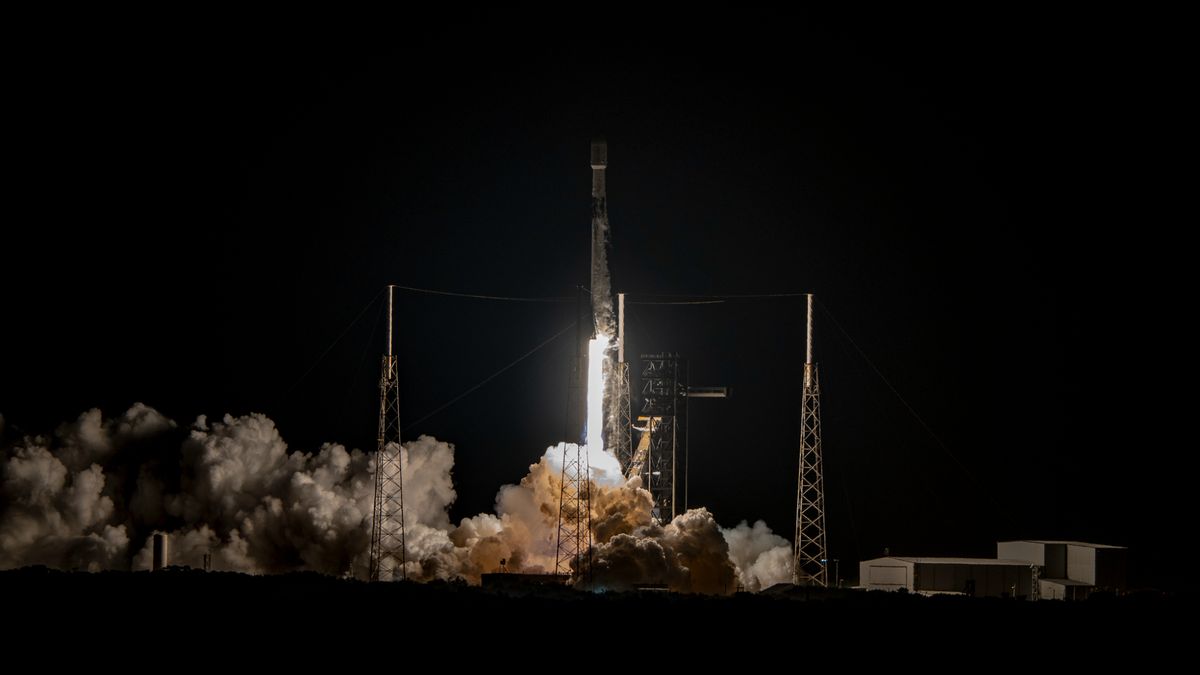Now Reading: Hubble Marks 35 Years with Captivating Mars and Celestial Snapshots
-
01
Hubble Marks 35 Years with Captivating Mars and Celestial Snapshots
Hubble Marks 35 Years with Captivating Mars and Celestial Snapshots

Speedy Summary
- The Hubble Space Telescope celebrated 35 years of operation with the release of mesmerizing astronomical images.
- Launched on april 24, 1990, Hubble has made 1.7 million observations, led to over 22,000 scientific papers, and compiled more than 400 terabytes of archived data.
- Highlights from the anniversary image collection include:
– Mars: Frosty views revealing water-ice clouds in ultraviolet light captured during spring in Mars’ northern hemisphere. Volcano Olympus Mons and atmospheric features like Syrtis Major are visible.- NGC 2899 Nebula: A moth-shaped nebula sculpted by radiation from a dying star roughly 4,500 light-years away. Its structure is shaped by winds and possibly two companion stars.
– Rosette Nebula: Close-up showing dense dark hydrogen clouds sculpted by radiations from massive young stars within stellar nursery NGC 2244.
– Spiral Galaxy NGC 5335: Located about 225 million light-years away,this “flocculent” galaxy features patchy star formation with faint counterclockwise spiraling arms and a prominent central bar forming new stars.
Indian Opinion analysis
The celebratory release of Hubble’s images highlights humanity’s enduring quest for knowledge beyond Earth’s confines. Scientific achievements like this serve as stepping stones for India’s astronomy sector to innovate further while contributing to global space exploration efforts. as India continues its strides in space missions-like ISRO’s Chandrayaan or upcoming collaborations with international agencies-it can take inspiration from technological icons such as Hubble.
These discoveries deepen our understanding of celestial phenomena critical not just for academic interest but also for practical applications such as studying planetary atmospheres (including conditions similar to Mars) or understanding stellar lifecycle processes that inform astrophysics research worldwide. Such knowledge-sharing uplifts all nations; fostering global scientific cooperation becomes increasingly relevant as India grows its presence in space exploration through unique contributions informed by international benchmarks like Hubble.

























